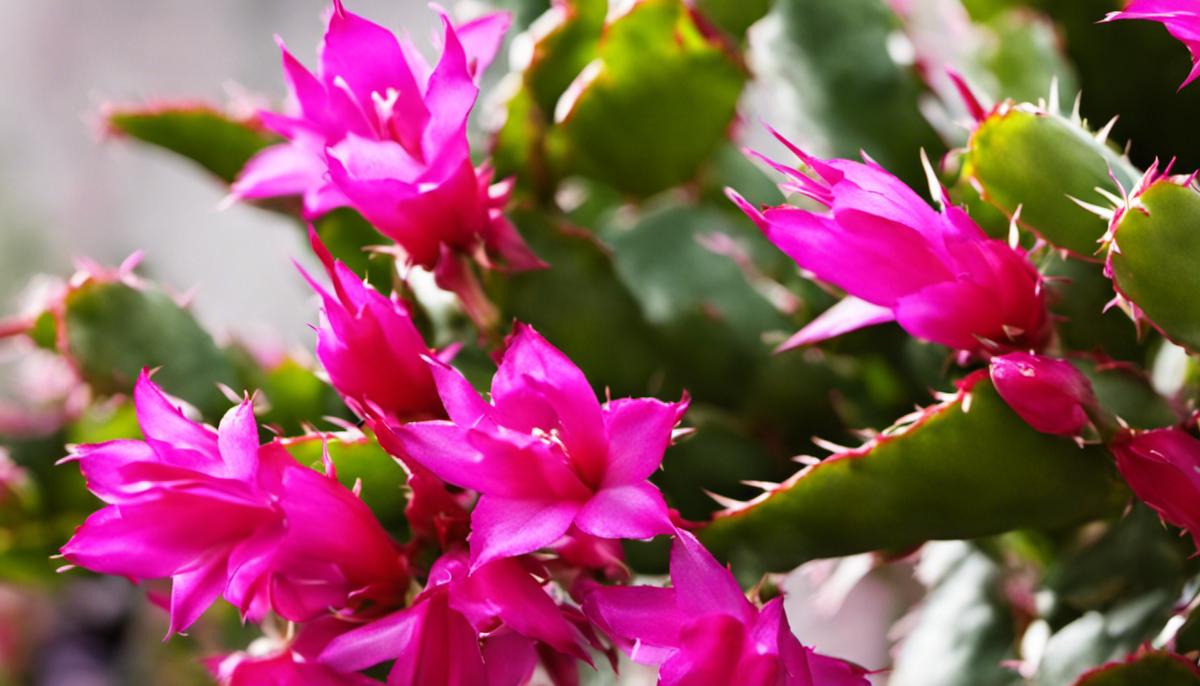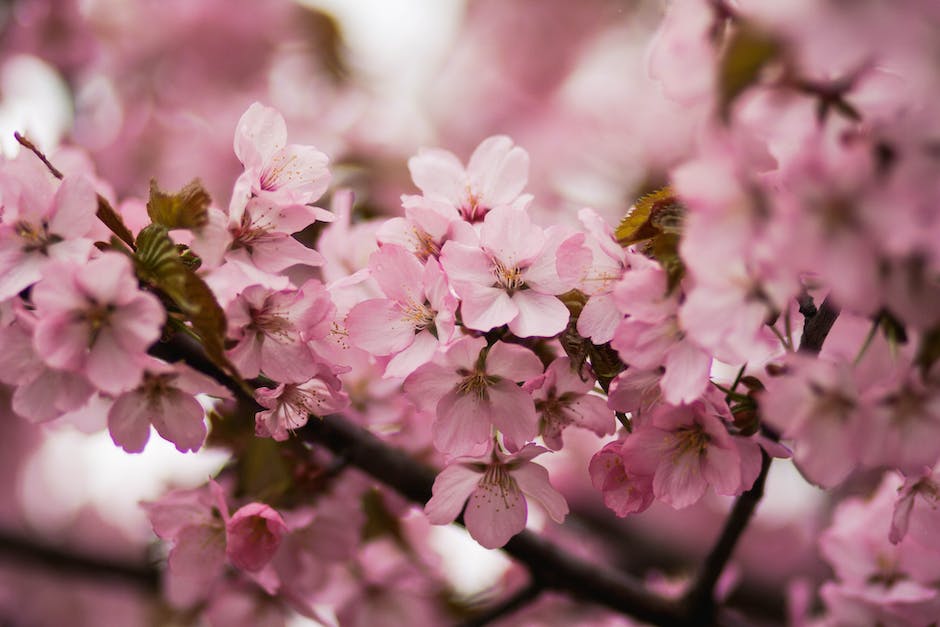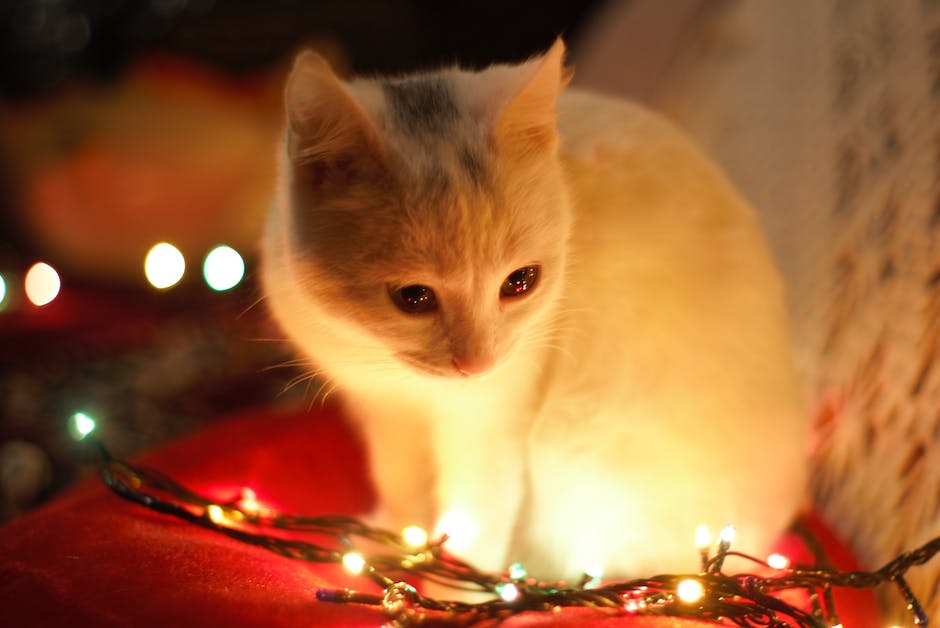Is Your Christmas Cactus Safe for Your Furry Friends?

As the holiday season draws near, homes flourish with gleaming decorations and festive plants like the illustrious Christmas Cactus. With its extraordinary beauty and fascinating blooming cycle, it’s no surprise that the Christmas Cactus has found its place in many households, adding a dash of colorful cheer during the most wonderful time of the year. But for those with feline companions, an important question arises – is this vibrant plant posing a safety concern for your beloved pets? Can our furry friends coexist safely with this traditional holiday plant? Throughout this discussion, we delve deeper into understanding the Christmas Cactus, its appeal to cats, the potential toxicity it possesses, and the necessary precautions for maintaining harmony between our pet cats and the seasonal flora.
Understanding the Christmas Cactus
Just when we think we’ve seen every type of holiday decoration, along comes an unfamiliar face: the Christmas Cactus.
This holiday gem is far from the desert-dwelling prickly variety we might first envision.
Instead, the Christmas Cactus, scientifically known as Schlumbergera, tends to be a favorite in homes during the holiday season due to its beautiful, vibrant blooms and spectacularly timed flowering right around Christmas.
The Christmas Cactus hails originally from the coastal mountains of southeast Brazil, where it thrives in cool, humid conditions.
Far from the barren, arid world of classic cacti, this holiday beauty prefers the cool hum of a low-lit room away from the drying heat of our central heating.
Full of character, this plant flaunts fleshy, segmented stems that arch outwards, creating a cascading or slightly drooped appearance.
The tips of these stems transform into festive blooms in hues of pink, red, white, and even purples when the holiday season arrives, offering a delightful pop of color to any room.
Beyond mere aesthetics, the Christmas Cactus brings with it a sense of tradition and bloom-based countdown to the festive season.
With its rich history and vibrantly colored blossoms, it serves as an enduring symbol of life and beauty in the midst of winter’s chill.
Care for it wholeheartedly, providing just the right amount of light, water, and attention and, in return, this stunning plant will reward you with an annual blossoming spectacle.
It’s more than just a Christmas decoration, it’s a plant rooted in tradition and symbolism, ready to bloom joy in our hearts every festive season.

Christmas Cactus and Cats
Delving into the fluffy realm of our feline friends, one might wonder why cats are often attracted to the Christmas cactus. We’re all aware of their prolific curiosity; the proverbial saying, ‘curiosity killed the cat’, embodies this inherent trait. Cats are agile and responsive, drawn to objects that stimulate their senses. The movement of the dangling arms of the Christmas Cactus or the gentle sway of its vibrant blooms in a breeze are just the sort of visual and physical stimuli a cat finds hard to resist.
Additionally, something about the texture of the Christmas Cactus’ surface seems to appeal to our furry pals. Cats have an incredibly developed sense of touch, with their paws being extremely sensitive to different textures. The semi-rough texture of the Christmas Cactus, unlike many other plants, may provide an interesting tactile experience for a bored or exploratory kitty.
However, although this pet-plant interaction seems harmless, be forewarned. Too much nibbling on the Christmas Cactus, while not toxic, can cause gastrointestinal upset in cats. Our beloved four-legged friends don’t always understand what’s good for them – it’s our task to keep them safe and healthy. So, while we should admire and appreciate the odd, lovely relationship between cats and the Christmas Cactus, a watchful eye is also needed – for both our plant’s resilience and our cat’s well-being. Remember, we are the caretakers of our homes, and every living being in it relies on our stewardship for a thriving cohabitation.

Toxicity Levels of Christmas Cactus to Cats
Shifting our focus towards the health and safety concerns for our furry friends, it’s important to bear in mind that protecting them from possible hazards is an integral part of our nurturing duty. This certainly extends to the realm of plant care, specifically pertaining to the ever-popular Christmas Cactus. Whether a cat’s intrigue is roused by the fluttering leaves or the enticing scent, they might be tempted to give this festive plant a nibble, resulting in the question: Is the Christmas Cactus harmful to cats when ingested?
Rest easy, cat-loving plant enthusiasts! According to the ASPCA, the Christmas Cactus isn’t toxic to felines. That said, any plant might cause a bit of upset stomach in cats if taken in large quantities, just as in humans. Mild vomiting or diarrhea tend to be the primary symptoms. As such, while your fears of serious harm might be comforted, there’s no harm in deterring your feline friends from making the cactus their afternoon snack.
Of course, it never hurts to be proactive in creating a safe household environment for our four-legged family members. Therefore, it might be best practice to keep the Christmas Cactus out of paw’s reach, possibly by placing it at a height or in a room which cats do not have access to. Emphasize on providing your feline friend with ample engaging toys or edible cat grass to chew on, so they remain entertained and well-nourished without needing to resort to your flora.
In closing, while the Christmas Cactus isn’t considered harmful or toxic to cats, it’s advisable – like with any element in your house – to take precautions and ensure a cozy, secure environment for all family members, the furry ones included. Merry Christmas and happy, healthy holidaying to you and your pets!

Photo by anniespratt on Unsplash
Precautions for Protecting Cats from Christmas Cactus
More often than not, it can be quite the task to keep our feline friends away from household plants. The Christmas Cactus, while visually appealing to us, can be equally captivating to our beloved cats. With this in mind, understanding how to create a safe zone for both the Christmas Cactus and cats is crucial.
One of the first things to do is to create a distinct boundary between your Christmas Cactus and your cat. High shelves or suspended planters out of the cat’s reach are brilliant ideas. One could also create a pretty distraction by introducing cat-friendly plants in more accessible areas. Thus, cats get to enjoy nature’s bounty while leaving the Christmas Cactus untouched. If your cats just can’t resist the urge to climb, consider installing plant walls or barriers to minimize interaction between the plant and your cats.
But the Paris-based International Veterinary Hospital states in its findings that “No specific treatment is necessary for Christmas Cactus ingestion, but gastrointestinal irritation can be minimized by feeding a bland diet.” While it’s comforting to know that it’s not harmful per se, keeping cats away from nibbling on the beautiful Christmas Cactus is still advisable to maximize both plant health and the well-being of your beloved pet.
In conclusion, plant and pet harmony is achievable. By knowing their behavioral traits, setting boundaries, and providing alternatives, it’s possible to cultivate a home environment where everyone coexists harmoniously. The festive season needn’t be a cause for concern but a time for merriment and inclusivity, be it humans, plants or pets.

When holiday décor and pet safety intermingle, knowledge and precautions are the keys to a harmonious household. While the Christmas Cactus might be low in toxicity and not a significant threat, it’s always advisable to ensure safe practices when cats are given the free rein of the house. By recognizing the potential hazards, we can take appropriate protective measures, whether it is by placing the plant at a restricted access, supervising our feline friends or considering safer alternatives. That way, we ensure a festive season that is not only filled with joy and merriment but also provides a safe and secure environment for our beloved pets. Remember, the goal is to celebrate the season with peace of mind, knowing that our furry family members are safe and protected.



